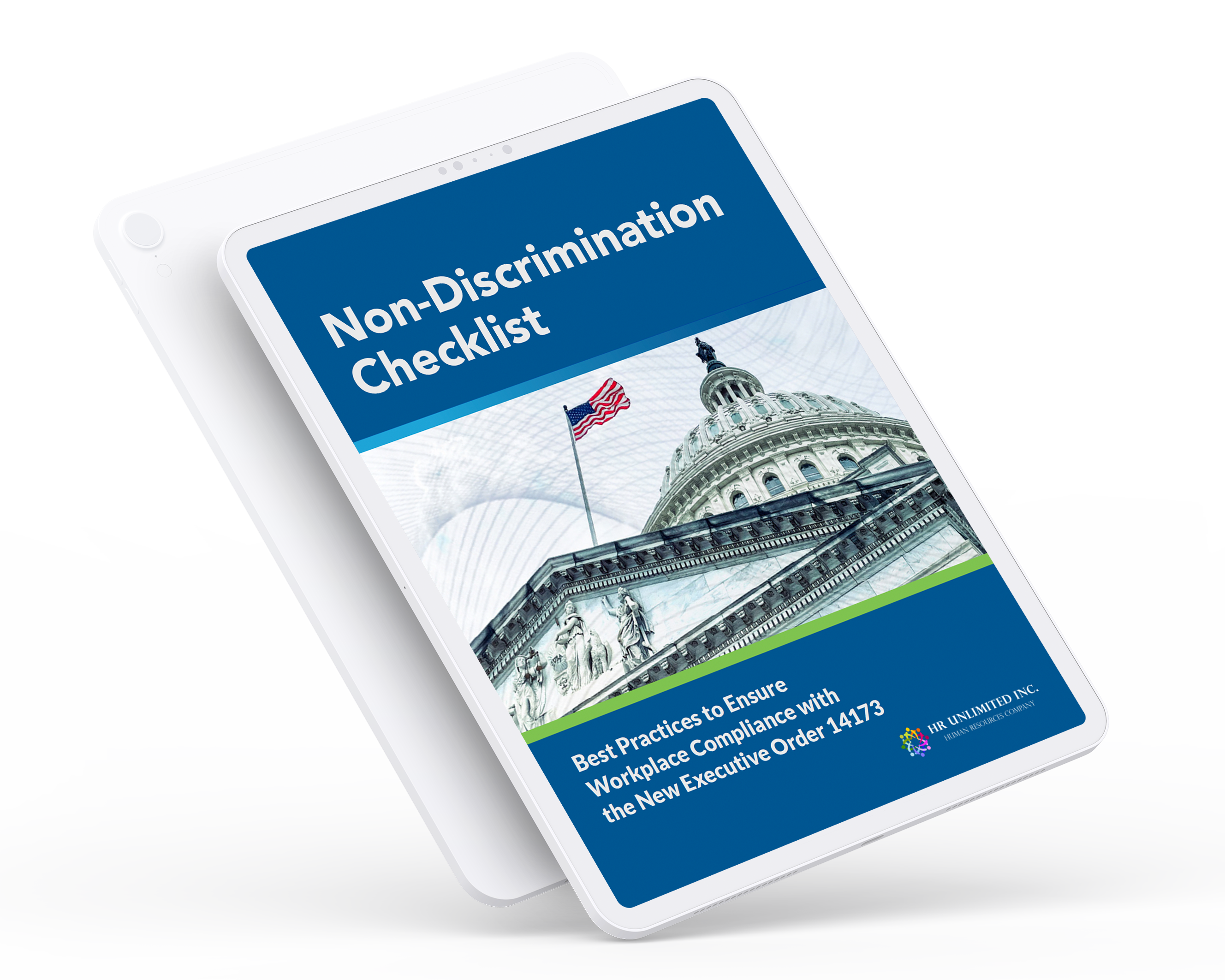The Struggle is Real, for Federal Contractors That Is
Part 1: On the Difficulties of Attracting a Qualified, Diverse Workforce
It has been, and continues to be, difficult for federal contractors to meet their diversity requirements. To get a better understanding of these difficulties, we will discuss the problem in two parts. Part I will address the main difficulties for federal contractors in achieving their affirmative action established goals. In Part II of this series, we will provide some viable solutions to this growing issue. We will also follow with successful life experiences for a learning lesson.
These days, it is problematic enough to find qualified employees before ever expanding the inquiry into the ethnic and racial makeup of the employees of any one contractor. These well-meaning requirements are more than 50 years old. When these requirements were put into law, there was no cable TV, let alone internet. We would all concede that technology has changed the country significantly since then, along with changing the needs of federal contractors from their workforce.
Although the needs of employers grow at the rate of technological advancement, affirmative action regulations remain just as they were enacted so many years ago. Back then, most employers could hire potential workers right out of high school. Now, that’s untenable. The skills gap is part of the problem, but it doesn’t account for diversity problems resulting from the labor market and automation. Each will be addressed in turn.
What will elucidate itself as we work through the series is that no single institution can account for the dearth of qualified workers. Some community collaboration may be in order.
STEM Programs for America’s Minority Children are Only in Their Infancy
The Guardian published a common refrain for STEM education that proves this point. The writer, Ms. Sophia Shaw, may be correct in asserting that the necessary means to get better diversity in the type of federal contracting jobs we are discussing is to provide one-on-one mentors that “enable [students] to envision a rewarding career that they might otherwise have considered out of reach.” This is an assertion that is difficult to prove, but may well be correct. Yet, even Ms. Shaw concedes that “this will take a significant investment of time and talent,” (note the verb tense).
There’s a gap between what we aspire to and where we are. Aspiration is good, but so a firm understanding of our actual current circumstances. Could STEM mentoring programs for disadvantaged children be the answer the STEM companies need down the road? Possibly, though any conclusion at this point is just conjecture. But our federal contractors are sure in a tough spot until then. The results of these STEM education programs are years away from sending their children into the workforce; federal contractors are required to abide by the affirmative action requirements right now.
But even if these STEM programs grow exponentially, what if today’s students are not interested in STEM subjects as much as we would like them to be?
STEM: Not the Snapchat of College Majors
As it turns out, there is not an even distribution of the type of professions that children aspire to go into. Some are more popular than others. It is a disappointing reality that some industries of high need, STEM is an excellent example, are not popular with the young folks these days. This is particularly true for minorities in college. According to Cleveland Fed statistics of 2012, just 10% of black students and 14% of Hispanic students majored in a STEM subject. The National Science Foundation published similar data that states that in 2012 more than 60% of the engineering degrees were awarded to students that identify as white. The combined engineering degrees awarded to students that identify as black or Hispanic is under 20%.
The affirmative action compliance is not on a sliding scale based on the availability of the labor pool of qualified applicants. The regulation applies in a broad manner. No one is advocating that we force children into certain areas of study that are in the most demand (many of these STEM jobs also pay pretty well as an added bonus, as it turns out); that just feels wrong and unamerican. On the flip side though, should federal contractors be punished because of the reality that their industry is not as popular with the youth as others?
Media’s responsibility: Clearly though, there would be a societal benefit if the media spent a little more time promoting the STEM professions that so few disadvantaged children are aware of. More films like the 2016 hit Hidden Figures could do wonders to attract more children to STEM subjects and professions.
The issue is more complex than lack of STEM skills in today’s workforce. There are a number of other factors that go beyond the skill gap contributing to federal contractors’ inability to recruit enough minority talent.
What’s Skills Got to Do with It?
Even if we as a society were able to achieve the goal of growing STEM education as discussed above, it is still possible that federal contractors would struggle to find all the minority candidates necessary to abide by affirmative action regulations. The media often relies on the skills gap as its one-size-fits-all approach to explain the difficulty employers have in recruiting the diverse talent.
The Fiscal Times provides a real-world example from the labor market in Minnesota, explaining that “most employers had a hard time filling jobs because of a mix of factors. A lack of applicants with the right skills was one reason. But there were many others, including location, low wages and undesirable shifts.” The same survey the article relied on “found that the qualification many employers wanted most was prior work experience in a similar role.”
In Time, Professor Peter Cappelli elaborates on this last point from his own research. “[B]y far the most important shortfall [employers] see in candidates is a lack of experience doing similar jobs. Employers are not looking to hire entry-level applicants right out of school. They want experienced candidates who can contribute immediately with no training or start-up time.” How does a job candidate obtain the requisite experience if the only means of being offered employment is experience?
Lastly, Ben Casselman over at FiveThirtyEight may be onto the most likely culprit. “Ultimately, the slow pace of job growth in manufacturing isn’t companies’ fault any more than it is workers’. The cause is more fundamental than that: Due mostly to automation, U.S. factories now produce more than ever with fewer workers.” Rarely do we ever see in discussions of diversity of federal contractors an acknowledgment that the growth of automation/robotics (artificial intelligence) assisting these companies against global competition come at the cost of an overall smaller American workforce. Diversity is a numbers game, as it turns out.
Hope is on the Way
This is by no means an exhaustive list of why diversity in hiring for federal contractors, especially those in the STEM industries, is so difficult. But it is a place to start when naysayers dismiss the good-faith efforts of federal contractors to diversify their workforce. Most Federal contractors are doing the best they can with the limited number of diverse candidates available in such a high demand industry.
In Part 2, we will delve into a few real-world programs across different American educational institutions that are helping in a small way to improve this difficult diversity problem. These collaborations between educational institutions and industry are a sight to behold, and perhaps, these will be the first steps toward the teamwork needed to solve such a thorny issue.
Best regards,
Ahmed Younies






